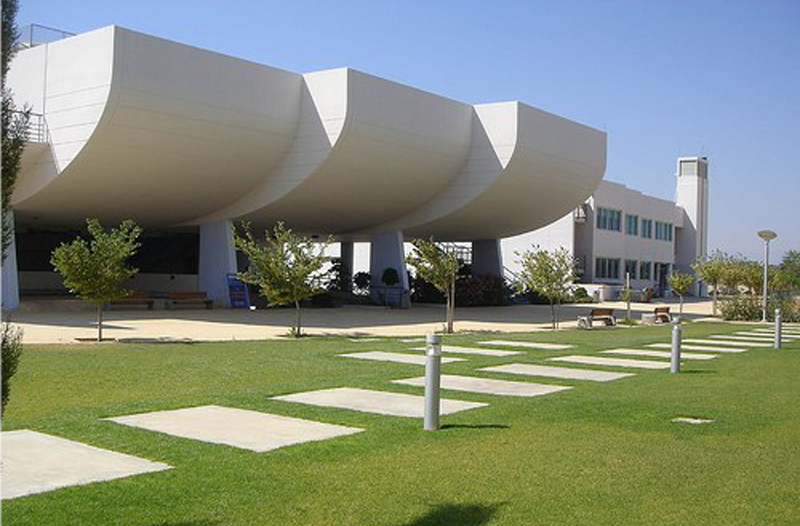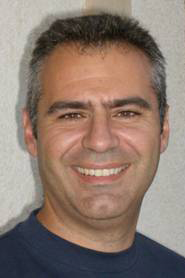
Nicosia, Cyprus
Main objective:
At the GOFLEX demonstration site in Cyprus, the GOFLEX team aims at testing the microgrid case of a university, exploring the offered flexibility by the public sector testing.
Contact:
Ioannis Papageorgiou
Electricity Authority of Cyprus (EAC), Network Engineer at DSO
Dr. Venizelos Efthymiou
Research Centre for Sustainable Energy (FOSS), Chairman
https://www.eac.com.cy/EN/
The GOFLEX demonstration site in Cyprus consists of two separate pilots.
The first is located at the campus of the University of Cyprus (UCY) and its microgrid. At the university campus, 394.8 kWp of photovoltaic (PV) systems are already installed on the rooftops of various buildings as well as campus grounds. Additionally, each of the campus’ main buildings is equipped with a different Building Energy Management System (BEMS). At the moment, the produced energy is mainly fed into the grid, while the university’s electricity demand is covered by the utility grid. In the near future, the UCY plans to install an additional 10 MWp of PV together with a 1 MWh of battery energy storage at the university campus enabling self-consumption and the provision of flexibility and other ancillary services to the grid.
The second pilot will actively involve dispersed prosumers in Cyprus. At the moment, each of the prosumers owns a 3 kWp rooftop PV system to cover the annual electricity demand. In order for the prosumers to participate in the energy market, an energy management system will be added to enable the provision of flexibility and other ancillary services to the grid.For the second pilot, the GOFLEX team in Cyrpus aims at involving at least 20 dispersed prosumers within the municipalities of Nicosia and Larnaca. Participating consumers will receive a Robotina Home Energy Management System (HEMS) and a corresponding web-application in order to be able to control and trade their energy and flexibility.
Dr. George Elias Georghiou, Director of FOSS

Dr. George Elias Georghiou, Director of FOSS Research Centre for Sustainable Energy (Univ. of Cyprus) is leader of PV Technology at Department of Electrical and Computer Engineering
What is the special focus of the GOFLEX demonstration site in Cyprus (especially compared to the other sites)?
In my opinion, the special focus of the microgrid case is to explore the flexibility capabilities of a large prosumer, such as the campus of University of Cyprus. The electricity grid of the island of Cyrus is a very weak one, making the flexibility offered by the GOFLEX demonstration sites doubly important. The prosumers participating in the project have interconnected grids making it possible to address grid congestion issues by trading the flexible load of the campus. Furthermore, to the best of my knowledge, our microgrid case is so far the only demonstration case covering the public sector.


 The project Generalized Operational FLEXibility for Integrating Renewables in the Distribution Grid (GOFLEX) has received funding from the European Union's Horizon 2020 research and innovation programme under grant agreement No 731232.
The project Generalized Operational FLEXibility for Integrating Renewables in the Distribution Grid (GOFLEX) has received funding from the European Union's Horizon 2020 research and innovation programme under grant agreement No 731232.